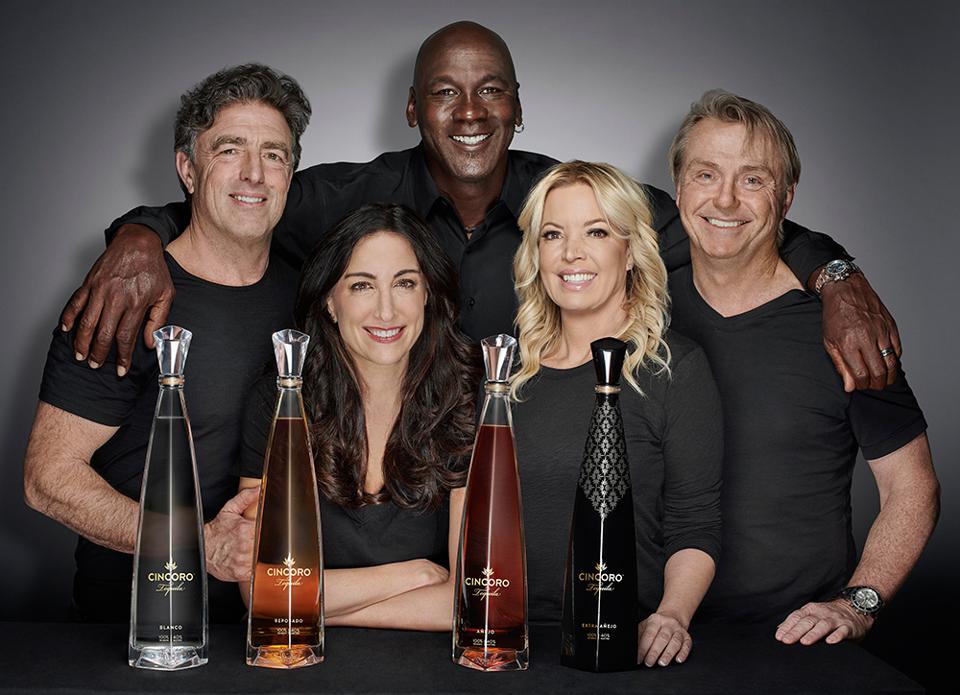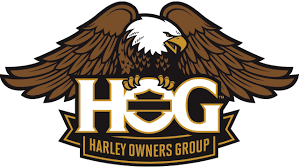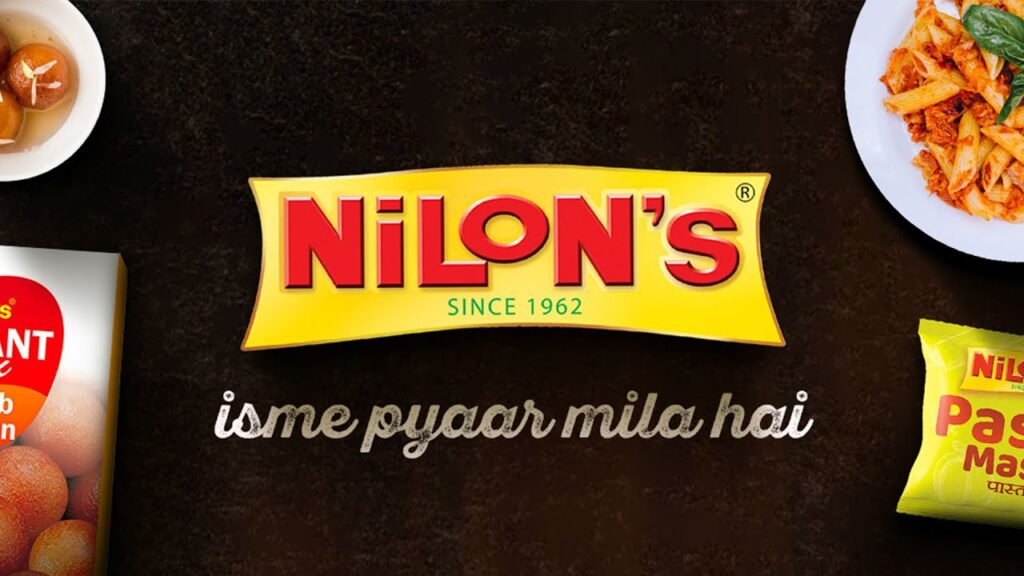Famous Brands – Jawa Motorcycles

Yezdi’s motorcycles quickly established a cult in India because of their superior handling and powerful motors.
After discovering that India lacked a two-wheeler manufacturing environment in 1949, two Parsi gentlemen, Farrokh Irani and Rustom Irani, set out for Czechoslovakia to introduce the Jawa to India. Also, since Indians required inexpensive mobility solutions, it was natural for businesses like Bajaj Auto (which partnered with Piaggio of Italy), Automobile Products of India (which imported the Lambretta), and Madras Motors (which commenced assembly of the British Royal Enfield) to look to war-torn Europe for inspiration and technology.
The Iranis travelled to Europe because they wanted to expand their business beyond only importing bikes from BMW and Sunbeam via their agency in Bombay, Ideal Motors. Manufacturing came after they established themselves as distributors for CZ (also a Czech brand) and Jawa.
Jawa Brand
Jawa was created in 1929 in Prague, Czechoslovakia, when Frantiek Janeek, purchased the motorcycle division of Wanderer. The initials of both the Janeek family name and the Wanderer motorcycle brand were used to create the moniker JAWA.
In the 1950s, the Jawa 350 series was sold in more than 120 countries and was widely regarded as a top-tier motorcycle. The early Jawa motorcycles, which had steel frames and shift drives, were an immediate success throughout Europe. On the global motorcycle racing circuits of the 1950s and 1960s, they were an unstoppable force. With iconic models like the Pérák and Californian, Jawa was already at the forefront of the motorcycle market by the 1970s.
The 1990s were not good for the firm, but in 1997, a new company was established in Tnec nad Sázavou under the same name.
Ideal Jawa to Yezdi
After gaining support from the Maharaja of Mysore, Ideal Motors changed its name to Ideal Jawa India Ltd. and afterwards to Yezdi. The Maharaja King Jayachamaraja Wodeyar knew that these motorcycles had a great reputation among international racers. The business, located on the outskirts of the city in the Yadavgiri industrial area, was established by him in 1961, and he later helped extend its activities over 25 acres of land there.
In 1961, the Maharaja personally invested Rs 51 lakh into the plant as a shareholder.
The Iranis did not extend their licencing agreement with Jawa when it expired since doing so would have gone against the country’s then-current industrial approach of promoting domestic production. They knew they could make quality bikes, so they rebranded themselves as Yezdi, after the Iranian province where their ancestors originated.
According to another story, the name Yezdi was chosen as a play on the Czech word jezdi, which means “to ride” in English. The bikes’ slogan read “Forever Bike, Forever Value” at the time. In 1961, the bikes were manufactured at a plant on the railway route to the newly opened Mysore junction rather than being imported into the country.
The Jawa 250 was known as the A-Type, while the Yezdi 250 B-Type, Yezdi 350 Twin, and Yezdi Monarch were all prevalent motorcycles.
Roadking

The Yezdi 175 and Yezdi 60 Colt mopeds, which are both smaller and less expensive, also did quite well. However, it was Yezdi Roadking that cemented the company’s place in the minds of Indian motorcyclists. The Jawa/Yezdi Mysore plant cranked out Roadkings from 1978 to 1996.
The CZ 250 motocross, from which the Yezdi Roadking was derived, was a well-respected motorcycle, having been ridden to second place by Jaroslav Falta in the 1974 Motocross World Championship. The Roadking is a far cry from the cutting-edge motorbikes of today, with its carburettor, twin exhausts, semi-automatic clutch, and integrated gear shifter/kick starter. At the time, though, it was a popular choice among the general public, rivalling the popularity of Royal Enfield.
With its large fuel tank and sturdy build, the Roadking exuded an air of tough reliability. However, in the 1990s, as India’s attitudes towards foreign manufacturers changed, Yezdi was forced to close its doors. Eventually, Indian manufacturers like Bajaj joined the competition, supplying the market with more affordably priced bikes. Additionally, 2-stroke motorcycles were banned due to environmental regulations, therefore, the Yezdi shut shop
However, the Mahindras in partnership, had established Classic Legends to restart the Yezdi brand
Reference
https://www.mansworldindia.com/wheels/auto/legend-will-reborn-nov-15/: Famous Brands – Jawa Motorcycleshttps://timesofindia.indiatimes.com/city/bengaluru/the-end-of-an-ideal/articleshow/67109219.cms
https://www.autocarindia.com/bike-news/yezdi-is-back-can-it-create-history-423385
https://www.jawamotorcycles.com/news/jawa-a-definitive-history-of-ideal-jawa-and-yezdi
https://gomechanic.in/blog/yezdi-roadking-history/
https://www.hotcars.com/a-look-back-at-the-history-of-yezdi/
https://www.thebetterindia.com/141692/ideal-jawa-motorcycle-factory-mysuru/



